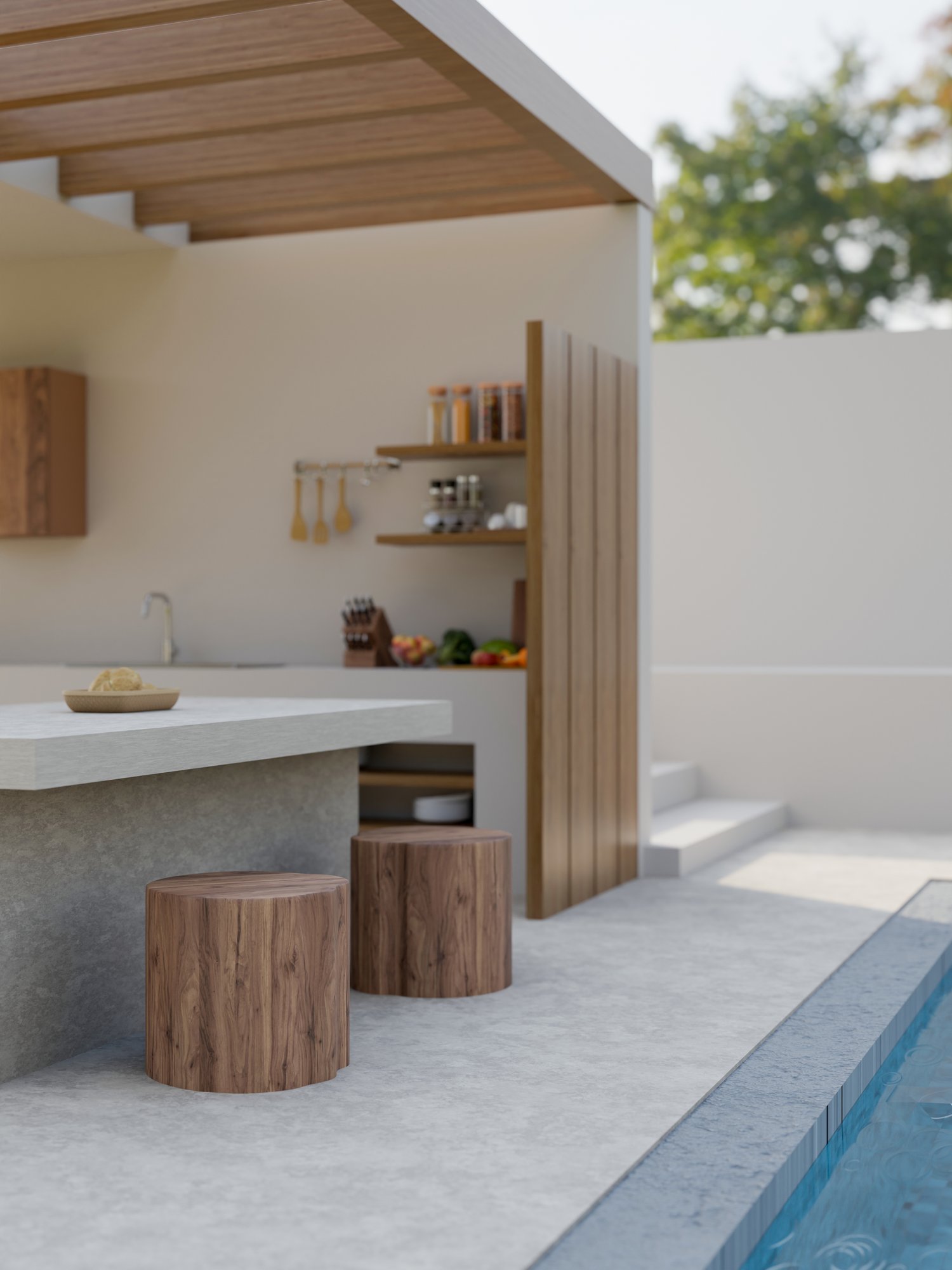The traditional distinction between indoor and outdoor spaces is rapidly disappearing as homeowners embrace the concept of the outdoor room. This evolution in patio design represents more than just a trend—it’s a fundamental shift in how we view and utilize our living spaces. Modern outdoor areas are being thoughtfully designed with the same attention to comfort, functionality, and style as interior rooms. From architectural elements that create seamless transitions to weather-resistant furnishings that rival indoor comfort, today’s outdoor spaces are true extensions of the home that expand usable square footage and enhance lifestyle opportunities.
The Evolution of Indoor-Outdoor Living
The concept of indoor-outdoor living isn’t entirely new—architects and designers have been exploring ways to connect interior and exterior spaces for decades. However, recent technological advancements in materials, construction techniques, and outdoor products have revolutionized what’s possible. Homeowners no longer need to sacrifice comfort or style when stepping outside. The contemporary outdoor room represents the culmination of these innovations, offering spaces that function as genuine living areas rather than occasional-use patios.
The pandemic accelerated this trend significantly as people sought to maximize their homes’ potential. With more time spent at home, outdoor spaces became essential for mental wellbeing and expanded living space. This shift in perspective prompted many homeowners to invest in creating sophisticated outdoor rooms that serve as natural extensions of their indoor environments. According to design experts consulted by AskHomey, the outdoor room has become one of the most requested home improvement projects in recent years.
Creating Seamless Transitions
The hallmark of successful indoor-outdoor living is achieving a seamless transition between spaces. Architectural elements play a crucial role in blurring these boundaries. Oversized sliding glass doors, folding wall systems, and floor-to-ceiling windows create visual continuity while allowing for dramatic physical openings between spaces. When fully retracted, these systems effectively eliminate the barrier between indoors and out.
Flooring choices significantly impact this sense of continuity. Using the same or complementary materials for interior and exterior floors creates visual flow. Porcelain tiles that extend from kitchen to patio, or decking that aligns perfectly with interior wood floors, reinforce the connection between spaces. Height considerations are equally important—minimizing or eliminating level changes between indoor and outdoor spaces removes both physical and psychological barriers.
Weather considerations need not limit this seamless transition concept. Retractable screens, motorized awnings, and pergolas with adjustable louvers provide protection from sun, rain, and insects while maintaining the open-air connection. These adaptable elements allow outdoor rooms to remain functional across seasons and weather conditions.
Furniture Trends for the Outdoor Room
One of the most significant developments enabling the outdoor room concept has been the evolution of outdoor furniture trends. Today’s exterior furnishings bear little resemblance to the utilitarian patio furniture of previous generations. Weather-resistant materials now mimic the look and feel of indoor pieces, from plush sectional sofas to elegant dining tables and fully upholstered lounge chairs.
Performance fabrics represent a game-changing innovation, offering softness and sophisticated designs while standing up to sun, rain, and daily use. These textiles resist fading, repel water, and dry quickly, making luxurious upholstered pieces practical for outdoor settings. Similarly, advances in synthetic wicker, powder-coated metals, and marine-grade woods provide durability without sacrificing style.
The arrangement of outdoor furniture has also evolved to mirror interior design principles. Rather than positioning all pieces against walls or railings, today’s outdoor rooms feature conversational groupings, defined activity zones, and proper traffic flow. Outdoor rugs, throw pillows, and accessories further reinforce the room-like quality while adding color, texture, and personality.
Beyond Furniture: Creating a Complete Outdoor Room
A truly successful outdoor room incorporates all the functional elements that make interior spaces comfortable and inviting. Lighting deserves particular attention, with layered solutions that include ambient, task, and accent lighting. Solar-powered fixtures, low-voltage systems, and string lights provide flexibility without major electrical work, while strategically placed fixtures highlight architectural features and extend usability into evening hours.
Climate control elements have become increasingly sophisticated, allowing outdoor rooms to remain comfortable in varying weather conditions. Misting systems, patio heaters, and outdoor fans extend the usable season, while outdoor fireplaces and fire pits create both warmth and a natural gathering point. These elements transform what might otherwise be a seasonal space into a year-round extension of the home.
Technology integration represents the final frontier in patio design, with weather-resistant televisions, outdoor-rated speakers, and smart home features extending the indoor experience. Wi-Fi extenders ensure connectivity, while app-controlled lighting, sound systems, and climate features provide convenience and customization.
The Future of Indoor-Outdoor Living
As patio design continues to evolve, we’re likely to see even more innovative approaches to creating seamless indoor-outdoor transitions. Emerging trends suggest increased integration of biophilic design principles, sustainable materials, and modular elements that allow spaces to transform for different functions and seasons. The outdoor room concept will continue to develop, offering homeowners new ways to expand their living spaces and connect with the natural environment.
For more tips and to connect with reliable home service professionals, follow AskHomey on Facebook and Instagram.



